What is the spiritual meaning of the Tree of Life?
Introduction
The Tree of Life is a universal symbol found in many mythological and spiritual traditions around the world.
It has existed since the beginning of history in paintings, engravings, embroideries, sculptures, and prints.
The Tree of Life is both a masculine symbol, a visibly phallic symbol, and a feminine one, bearing sustenance.
Note – not to be confused with the Tree of Knowledge of Good and Evil, the Tree of Life is the tree whose fruit gives eternal life to all who might obtain it.
Symbolism
The symbol of the Tree of Life includes qualities such as strength, wisdom, beauty, protection, redemption, and bounty. It is also a symbol to obtain focus in a quest to find knowledge and awareness.
The Tree of Life illustrates the interconnectedness of life. In addition, it represents a person’s personal growth into a unique human being as different experiences shape them into who they truly are.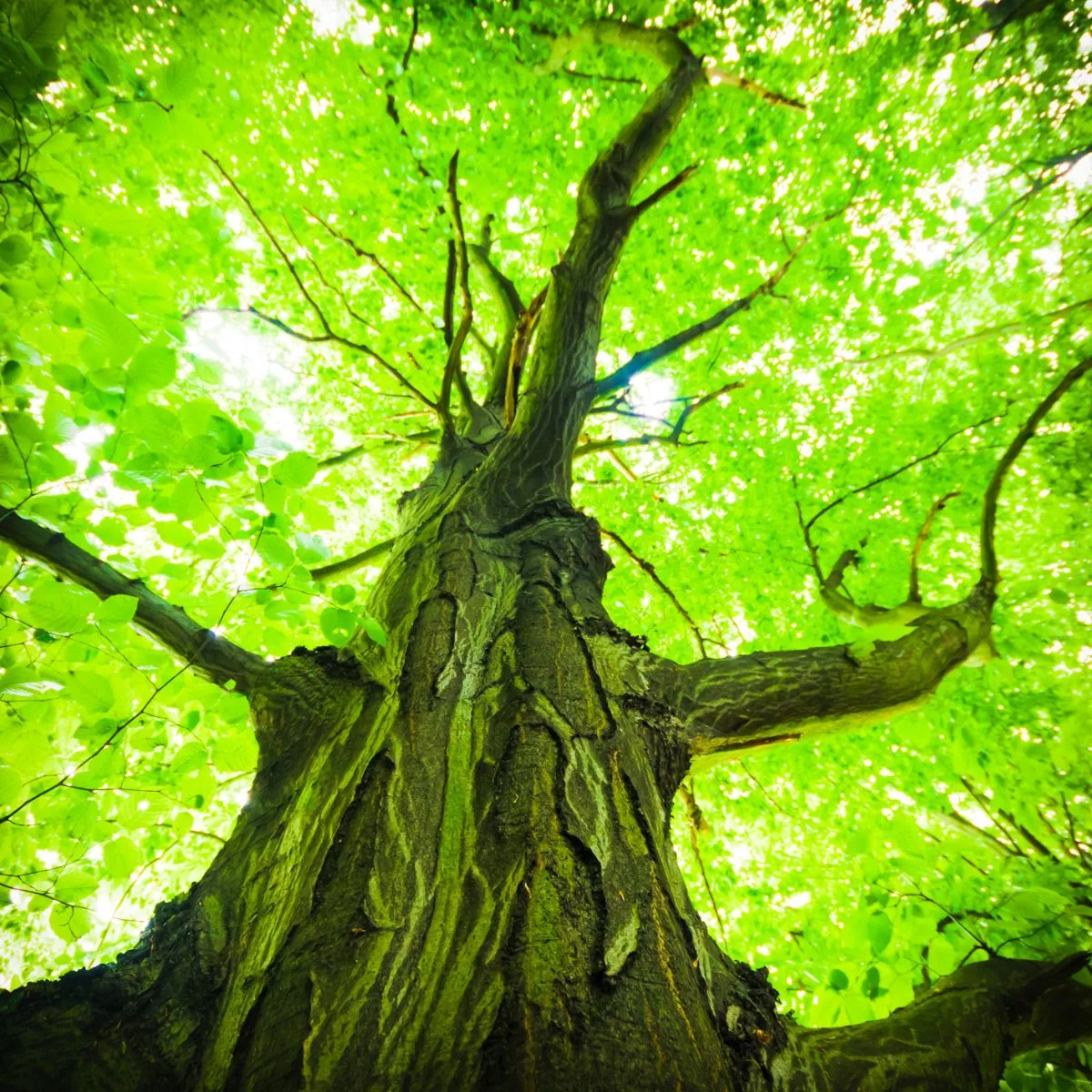
Moreover, it signifies rebirth. In the fall, trees tend to lose their leaves and enter a hibernation-like state. In the spring, the tree awakens with amazing color and leaves appear like it is being born again.
READ MORE: List Of Egyptian Gods And Goddesses
The Spiritual Meaning Of The Tree of Life In Different Traditions
Celts
They believe the branches represent the world above, the roots symbolize the ‘other world,’ the trunk signifies the mortal world and connects the branches and roots.
In Celtic culture, the tree of life is usually represented with the roots spreading deep into the ground and the branches reaching upwards.
READ MORE: White Witch Signs
Baha’i Faith
The Baha’i writings say that the Tree of Life symbolizes the prophets of God, whose guidance nourishes and protects everyone.
Urartu
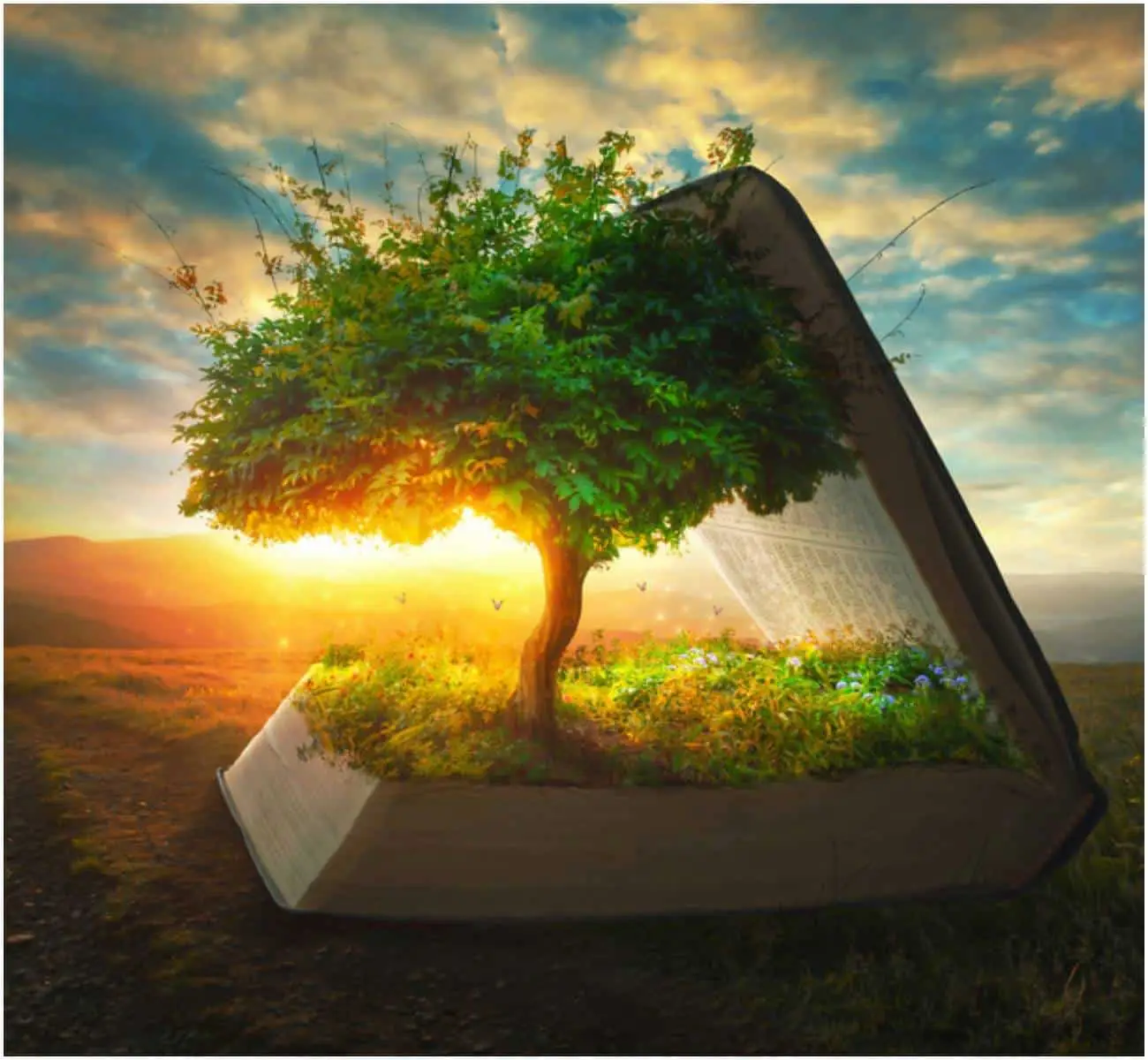
Amanda Carden/Shutterstock
Urartu was an ancient country of southwest Asia centered in the mountainous region southwest of the Caspian Sea and southeast of the Black Sea.
In ancient Urartu, the Tree of Life was a religious symbol and was carved on the armor of warriors and drawn on the walls of fortresses.
Buddhism
In Buddhism, the Bodhi tree or the Tree of Life is where Gautama Buddha attained enlightenment.
Descendants of that fig tree still stand in that place, though there are now Bodhi trees all over the world.
Kabbalah
In the Jewish mystical tradition of Kabbalah, the Tree of Life has two different symbols: right side up and upside down. These two placements are said to have different meanings:
- right side up – in this depiction, the roots go into the ground and limbs toward the sky, indicating initiation or evolution;
- upside down – it is depicted with “roots flowing from the divine place of unity and infinite light,” which is also referred to as the Tree of Emanation.
READ MORE: Traits of Highly Toxic People
The Mayans
In the Maya culture, the Tree of Life, called Yaxche, is traditionally a Ceiba tree. It has become a symbol of immortality because it gives seeds and fruit that create new life and new trees.
Furthermore, according to this Mesoamerican culture, a World Tree connected Heaven, the Underworld, and Earth and grew at the point of creation.
African Culture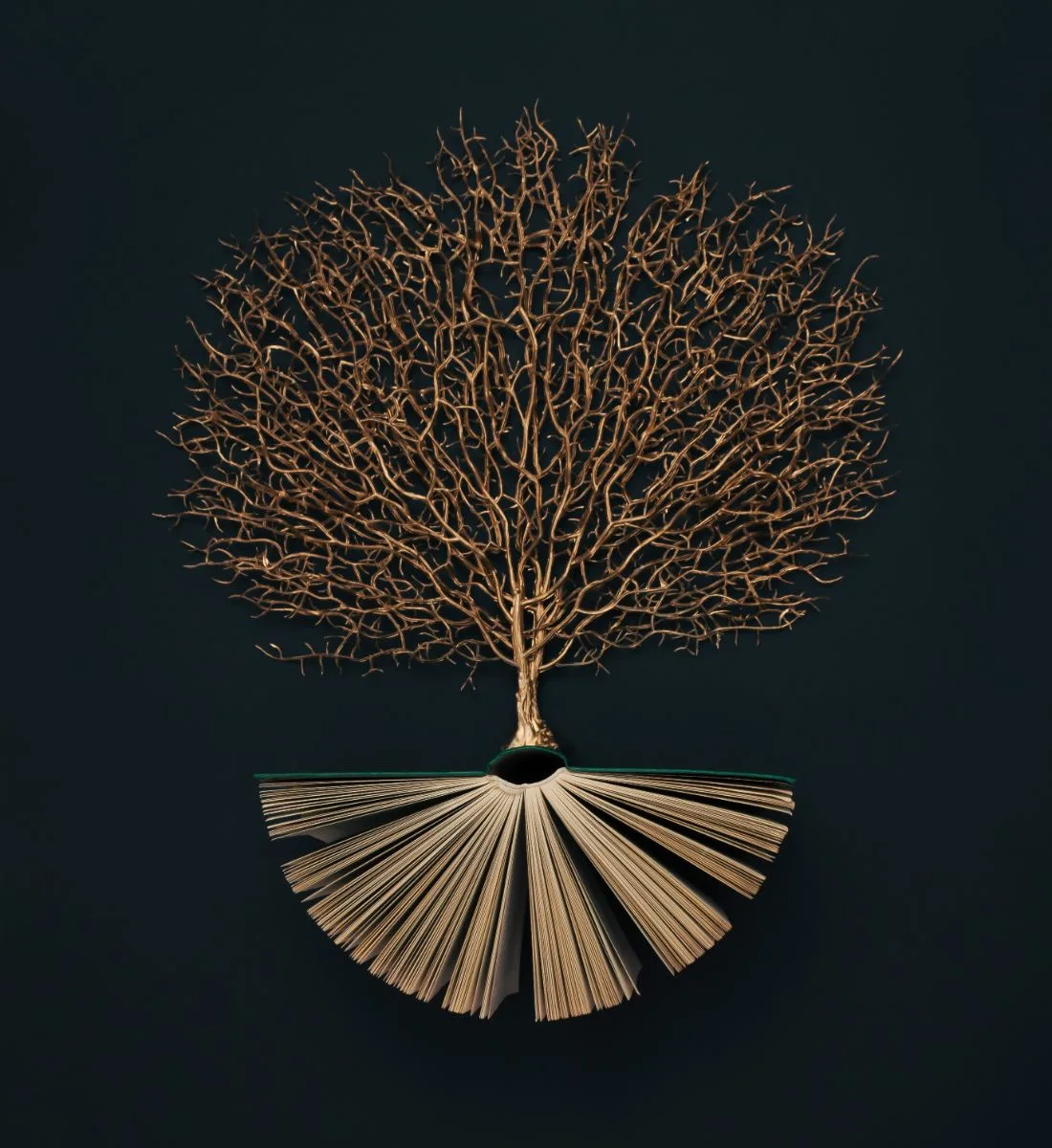
The baobab is renowned as Africa’s Tree of Life, and it can provide food, water, shelter, and relief from sickness.
Found in African savannahs, the baobab is a tree that can grow as tall as 30 meters, live for over several thousand years, and have a diameter as large as 15 meters.
Ancient Egypt
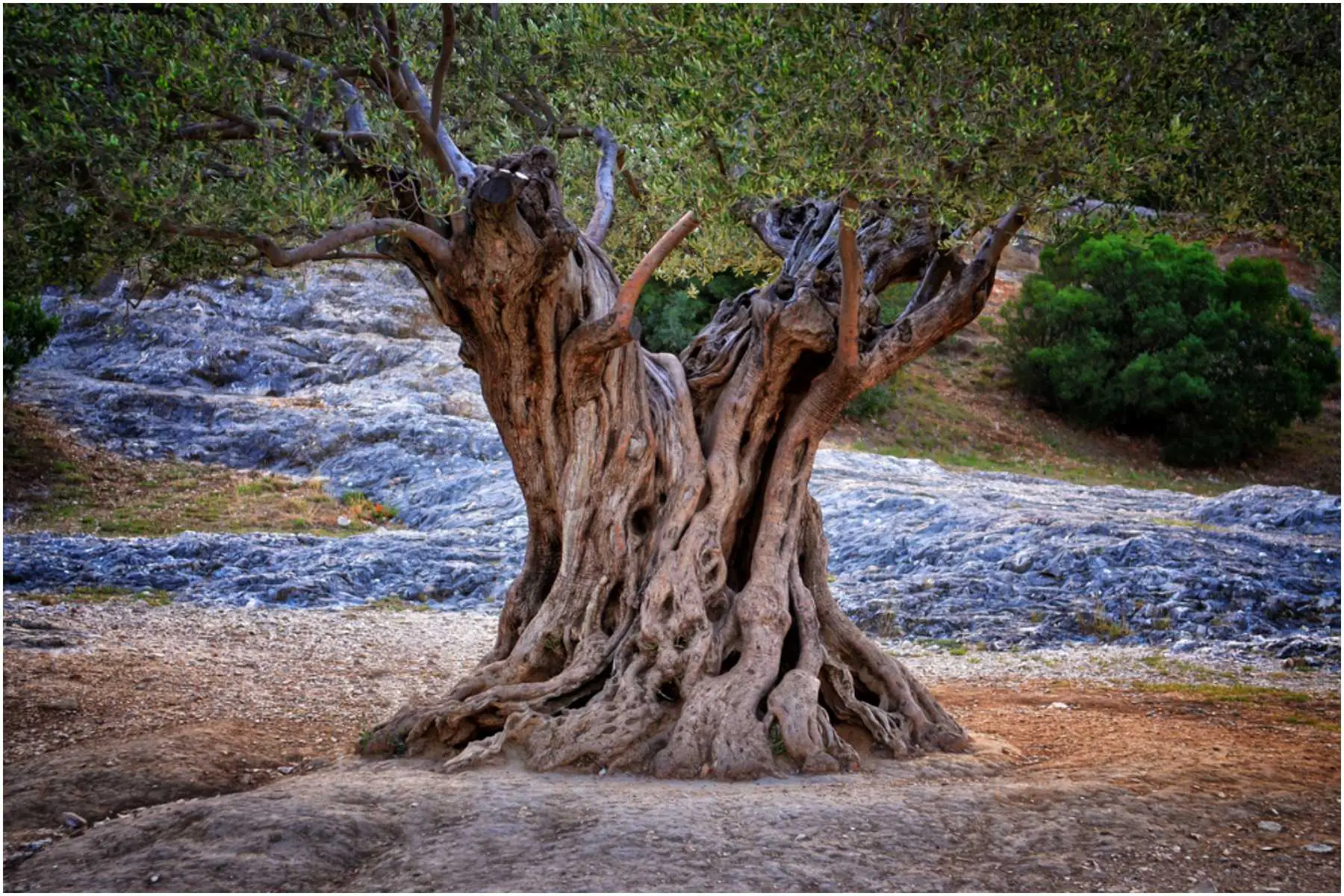
Martin M303/Shutterstock
To the Ancient Egyptians, the Tree of Life symbolized the hierarchical chain of events that brought everything into existence.
Additionally, Osiris and Isis were said to have emerged from the acacia tree of Saosis, which the Egyptians referred to as the “tree in which life and death are enclosed.”
READ MORE: Best 11 Spiritual Retreats Around The World
Hinduism
In the sacred books of Hinduism, Puranas mention the divine tree Kalpavruksham.
This divine tree is protected by Gandharvas in the garden of Amaravati, a city under the control of Indra.
China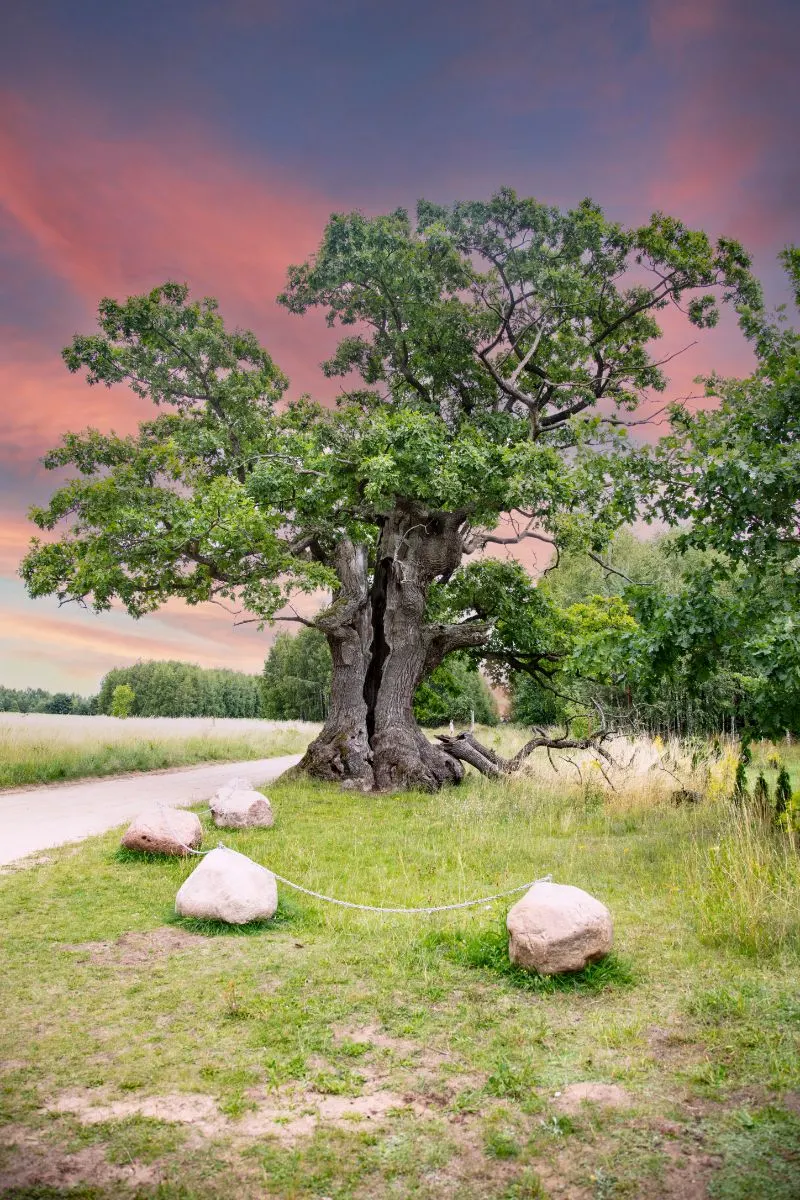
In Chinese mythology, a carving of a Tree of Life represents a dragon and a phoenix; the dragon typically symbolizes immortality.
In addition, there is a Taoist story of a tree that produces a peach every 3.000 years. The one who eats the fruit receives the gift of immortality.
Serer Religion
The Serer religion or a ƭat Roog (“the way of the Divine”), is the original religious practices, beliefs, and teachings of the Serer people of Senegal in West Africa.
In the Serer religion, trees were the first things created on Earth by the supreme being Roog. Also, the Serers have ancient knowledge of herbalism.
READ MORE: Signs You’ve Met Your Twin Flame
Christianity
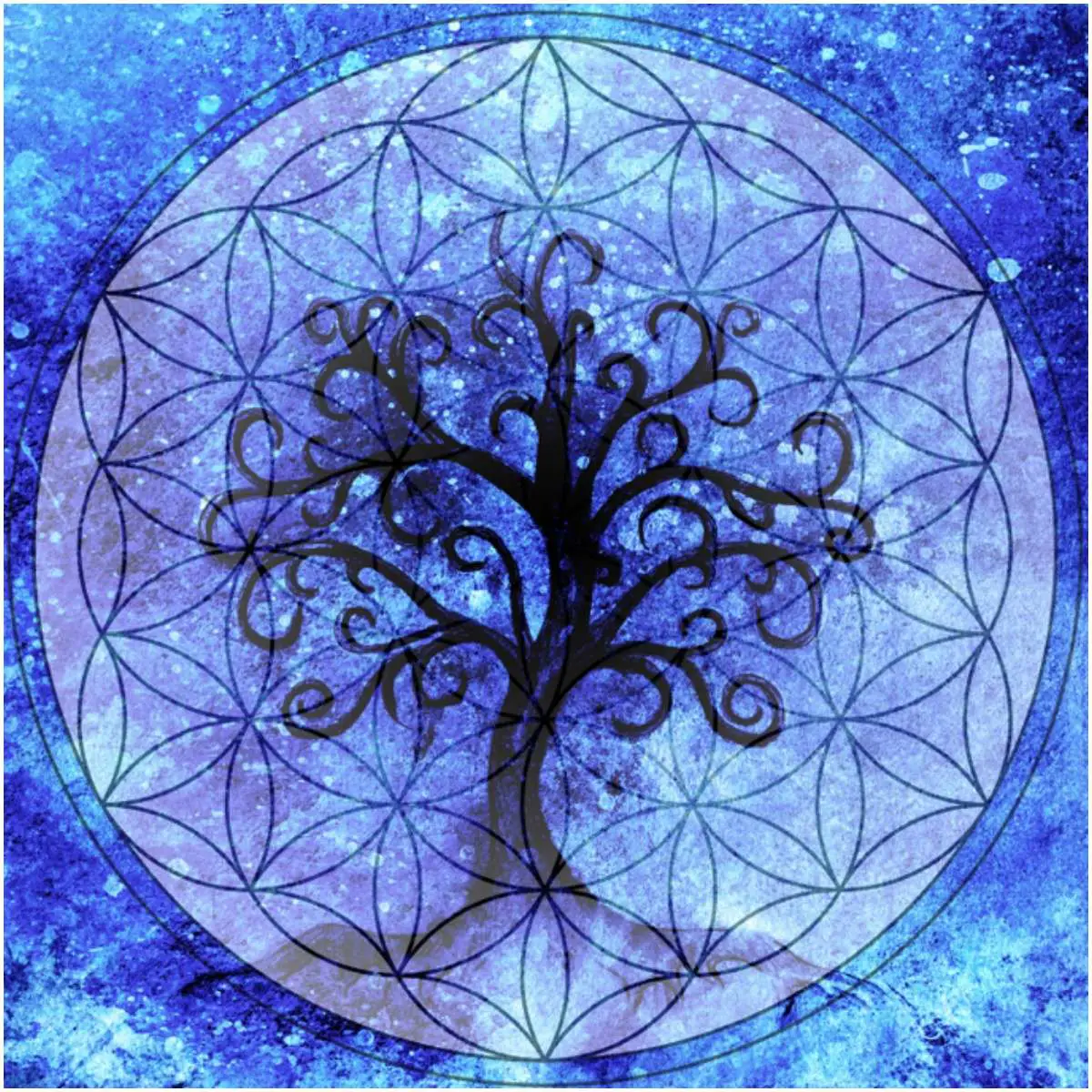
Jozef Klopacka
The Tree of Life is mentioned 2 times in Genesis 2, in Eden, and 4 times in Revelation (3 of those in the final chapter).
It was planted by God in the Garden of Eden:
“The LORD God made all kinds of trees grow out of the ground—trees that were pleasing to the eye and good for food. In the middle of the garden were the tree of life and the tree of the knowledge of good and evil.” (Genesis 2:9)
Additionally, the Tree of Life spoken of in the Book of Revelation is an emblem of the joys of the celestial paradise.
Islam
The Tree of Life in Islam is referred to in the Quran as the Tree of Immortality. Unlike the biblical account, the Quran mentions only one tree in Eden, which Allah specifically forbade for Adam and Eve.
READ MORE: Protection Symbols Against Evil
Darwin’s Tree of Life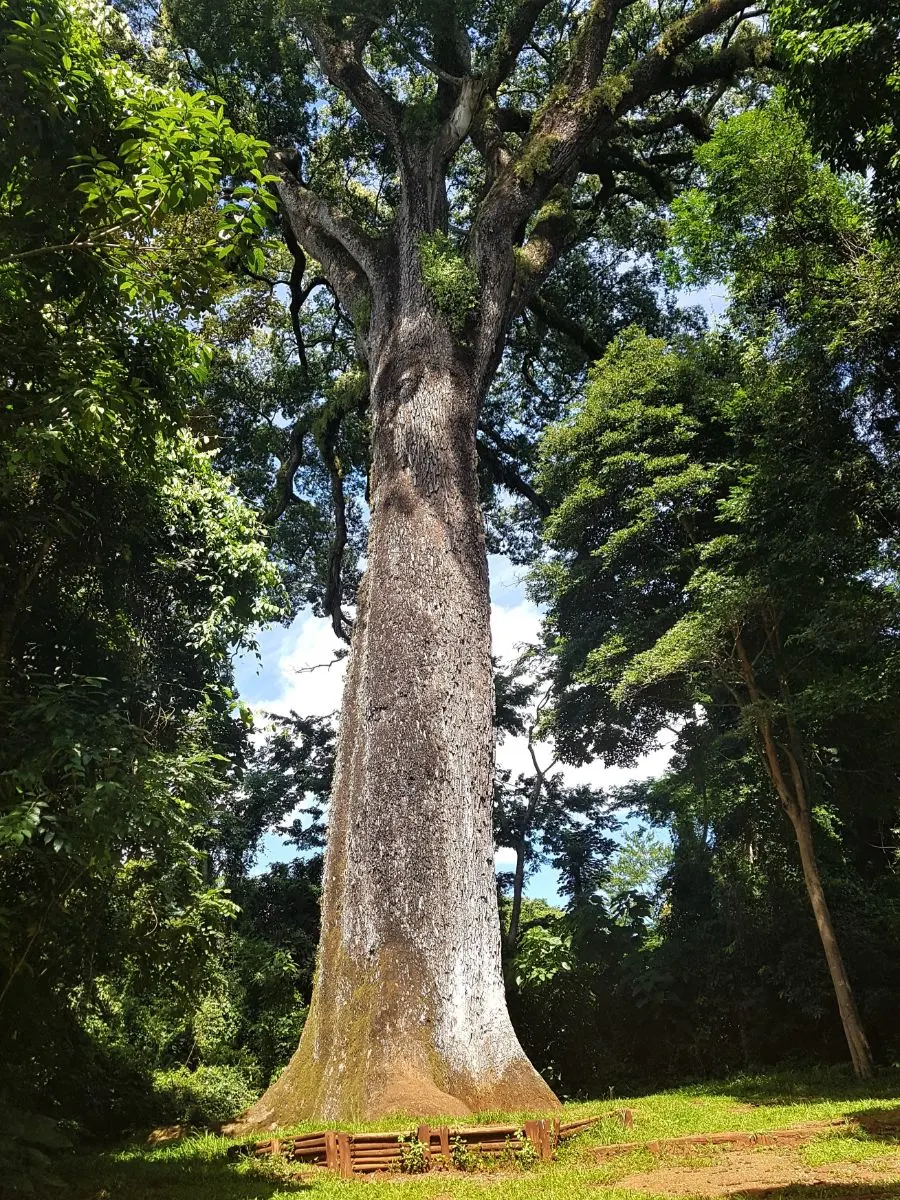
Charles Darwin’s “Tree of Life” shows how species are related through evolutionary history. Below is an extract from Darwin’s On the Origin of Species:
“The affinities of all the beings of the same class have sometimes been represented by a great tree.
Charles Darwin continued:
”As buds give rise by growth to fresh buds, and these, if vigorous, branch out and overtop on all sides many a feebler branch, so by generation I believe it has been with the great Tree of Life, which fills with its dead and broken branches the crust of the earth, and covers the surface with its ever branching and beautiful ramifications.”
Rebirth
The Tree of Life holds a revered place, particularly in the narrative of rebirth and immortality.
This venerable emblem serves as a poignant reminder of the cyclical nature of existence, embodying the eternal dance between endings and beginnings, dormancy and vibrancy.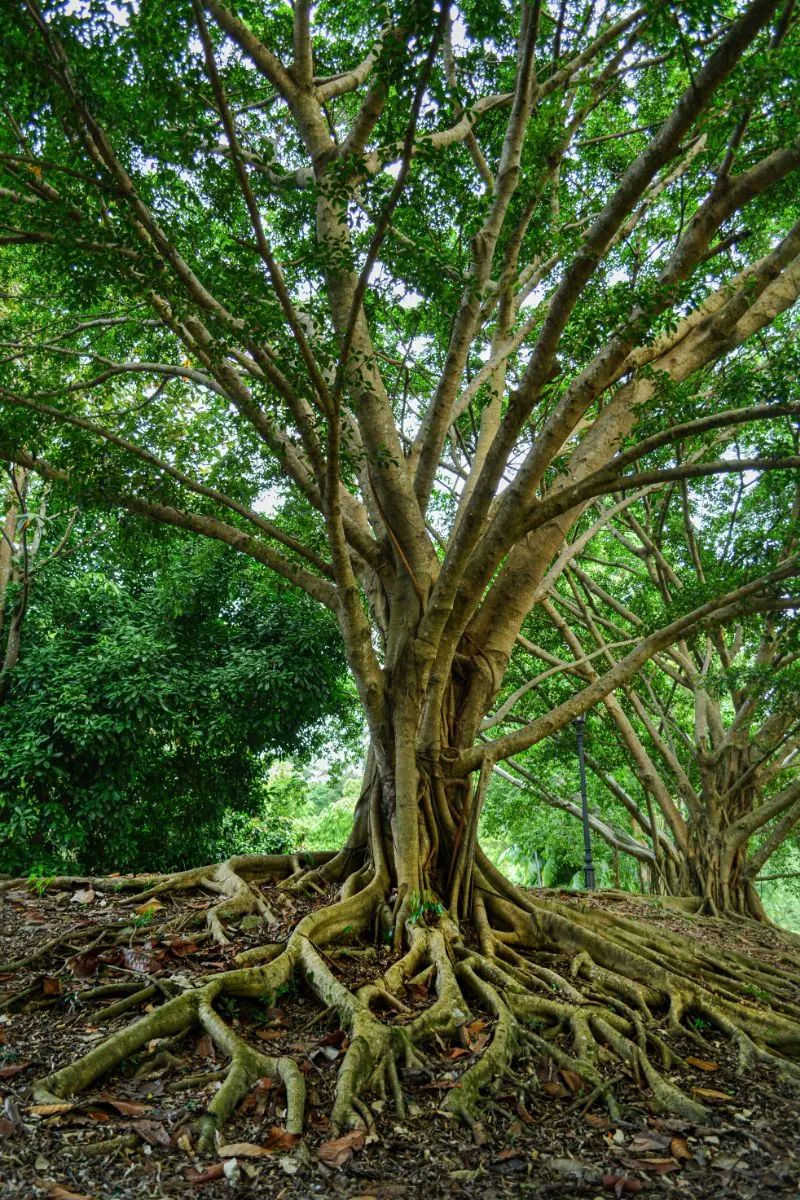
The tree, in its seasonal metamorphosis, whispers the profound truth that life, in all its forms, persists beyond the apparent stillness of winter, ready to re-emerge with renewed vigor at the first breath of spring.
The stark silhouette of trees in the winter, stripped of their verdant splendor, presents a visual metaphor for those periods in our lives when vitality seems to have retreated, leaving behind a landscape of barren branches and silent resolve.
Yet, it is within this quietude, beneath the frostbitten surface, that the magic of regeneration quietly unfolds.
Herein lies the powerful symbolism of the Tree of Life for healing and recovery—no matter the depth of our trials or the chill of our despair, the potential for renewal and growth remains, steadfast and indomitable.
This emblematic portrayal of immortality and rebirth through the Tree of Life offers solace and hope, inspiring us to view our own challenges not as insurmountable ends but as precursors to transformation.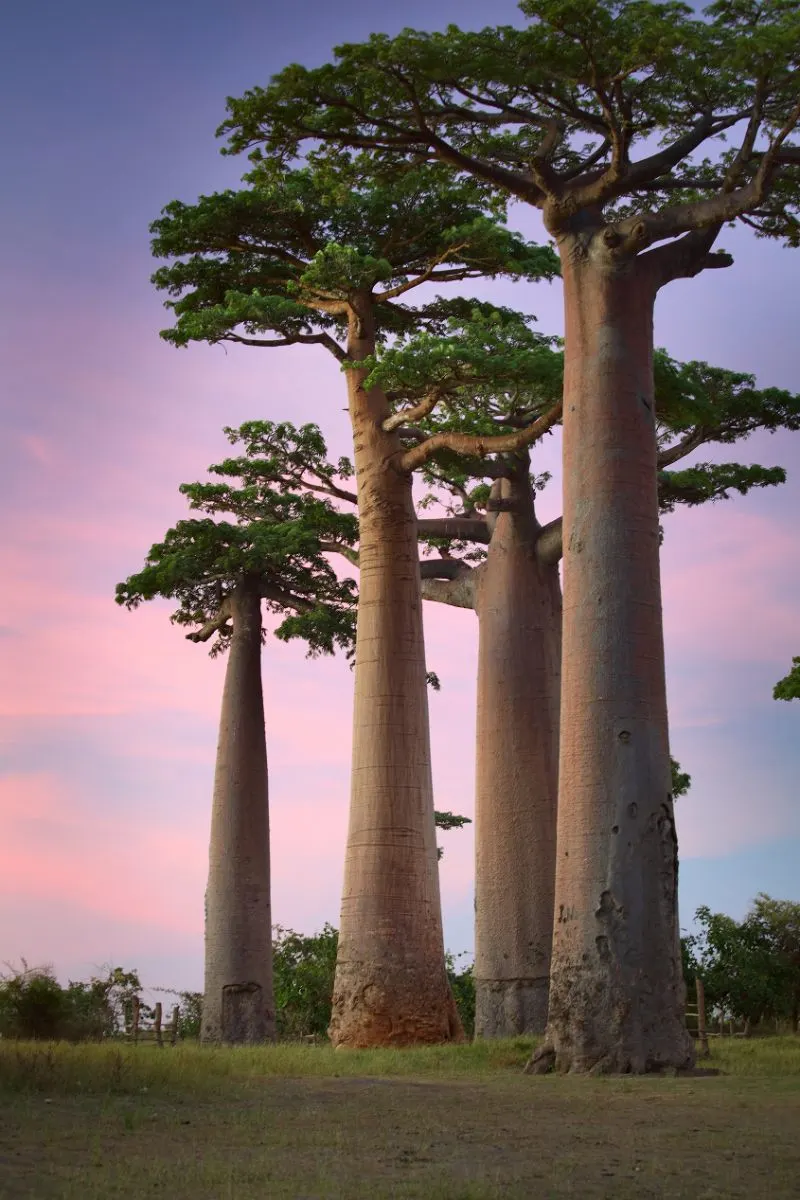
It teaches us that even in our most fallow seasons, when all signs of life appear extinguished, the promise of resurgence and revival patiently waits.
Just as the tree endures the winter, conserving its energy and preparing for the inevitable thaw, we too are capable of weathering the storms of life, holding onto the knowledge that brighter days lie ahead.
The lesson of the Tree of Life extends beyond personal rebirth, touching on the universal truth that life is an unending series of deaths and rebirths, each phase imbued with its own lessons, beauty, and opportunities for growth.
This cycle reflects the underlying resilience of the spirit and the boundless capacity for renewal that defines the essence of existence.
By embracing the rhythm of life as embodied by the tree, we learn to release our grasp on what was, to make room for what will be—transforming our scars into signs of strength and our experiences into seeds of wisdom.
Furthermore, the Tree of Life, with its perpetual cycle of rebirth, serves as a bridge between the temporal and the eternal, grounding us in the present while connecting us to the infinite.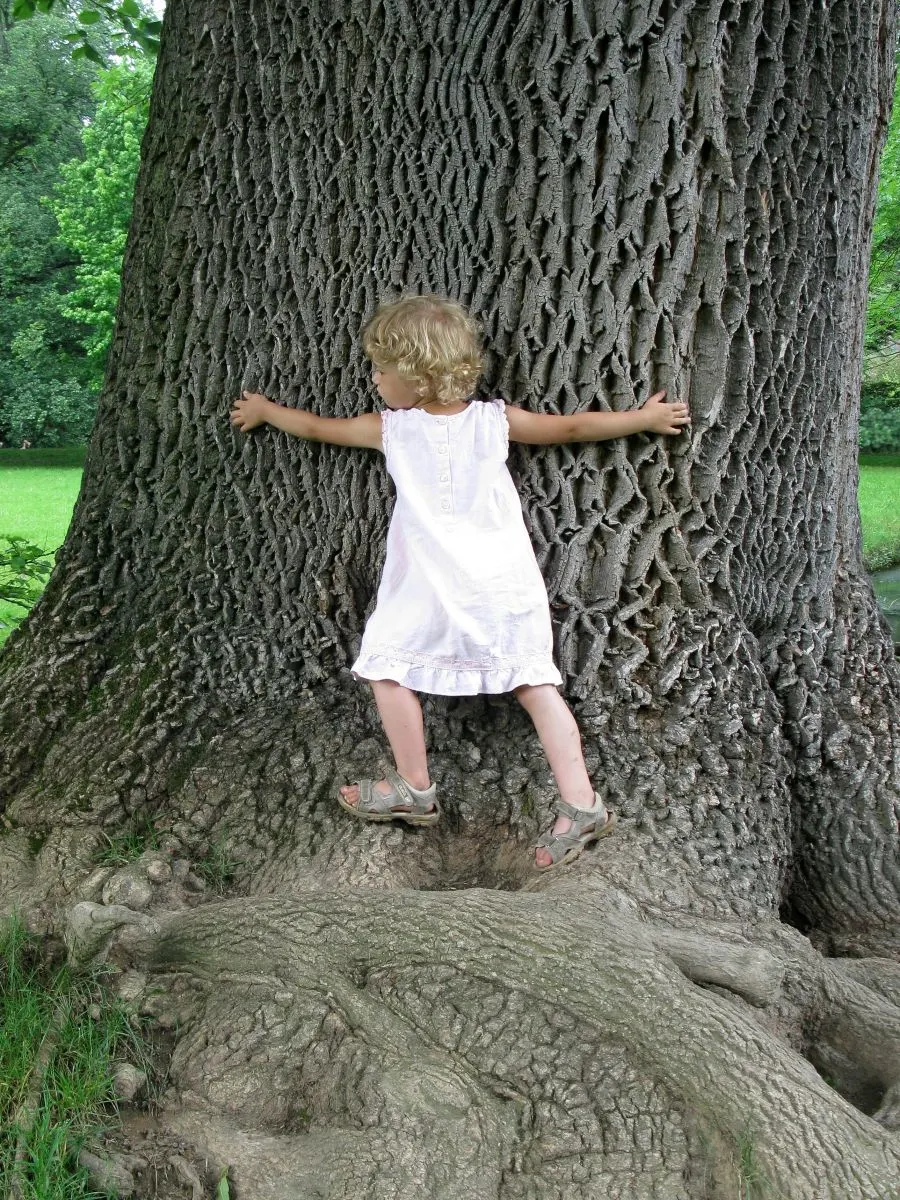
It reminds us that our physical forms are but transient vessels for our immortal souls, which, like the essence of the tree, transcend the visible realm to partake in the endless flow of creation and renewal.
In contemplating the Tree of Life in the context of rebirth and immortality, we are invited to see ourselves and our journeys mirrored in the natural world.
We are encouraged to recognize the resilience that resides within, to trust in the inevitability of renewal, and to open our hearts to the possibility of beginning anew, stronger and more radiant than before.
Strength
In the spiritual mosaic that adorns the canvas of our existence, the Tree of Life stands as a monumental archetype, embodying the quintessence of strength and enduring stability.
This ancient symbol, revered across myriad cultures and philosophies, transcends its botanical essence to represent the foundational virtues of resilience and steadfastness that are intrinsic to the human spirit.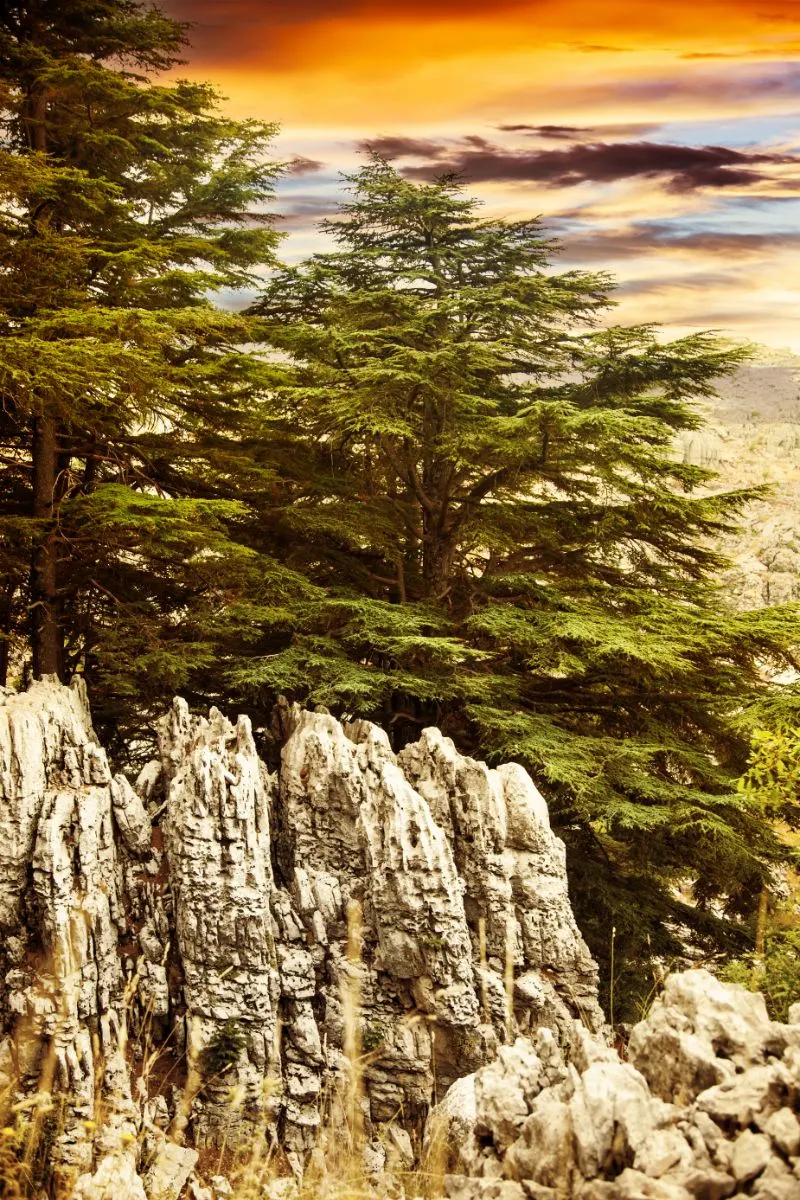
The Tree of Life, with its sprawling roots deeply entrenched in the earth and its branches reaching skyward, serves as a living testament to the power of unwavering resolve and the unbreakable bond between the heavens and the earth.
The tree, in its majestic splendor and serene poise, teaches us a profound lesson about the nature of strength. It is not merely the ability to withstand the buffeting winds or the fury of tempests that defines the tree’s strength; rather, it is its capacity for adaptation, for bending without breaking, that signifies true resilience.
A tree absorbs the shocks of adversities through its flexible limbs, all the while remaining anchored by its robust roots—a powerful metaphor for how we, too, can face the storms of life with grace and fortitude.
These roots, hidden beneath the surface, mirror the unseen depths of our own inner strength.
They remind us that the source of our power lies not in the visible, external manifestations of might, but in the quiet, subterranean realms of our soul where our core beliefs and values reside.
It is here, in the silent communion with our essence, that we find the fortitude to face life’s challenges, drawing upon the nourishing waters of wisdom accumulated over generations.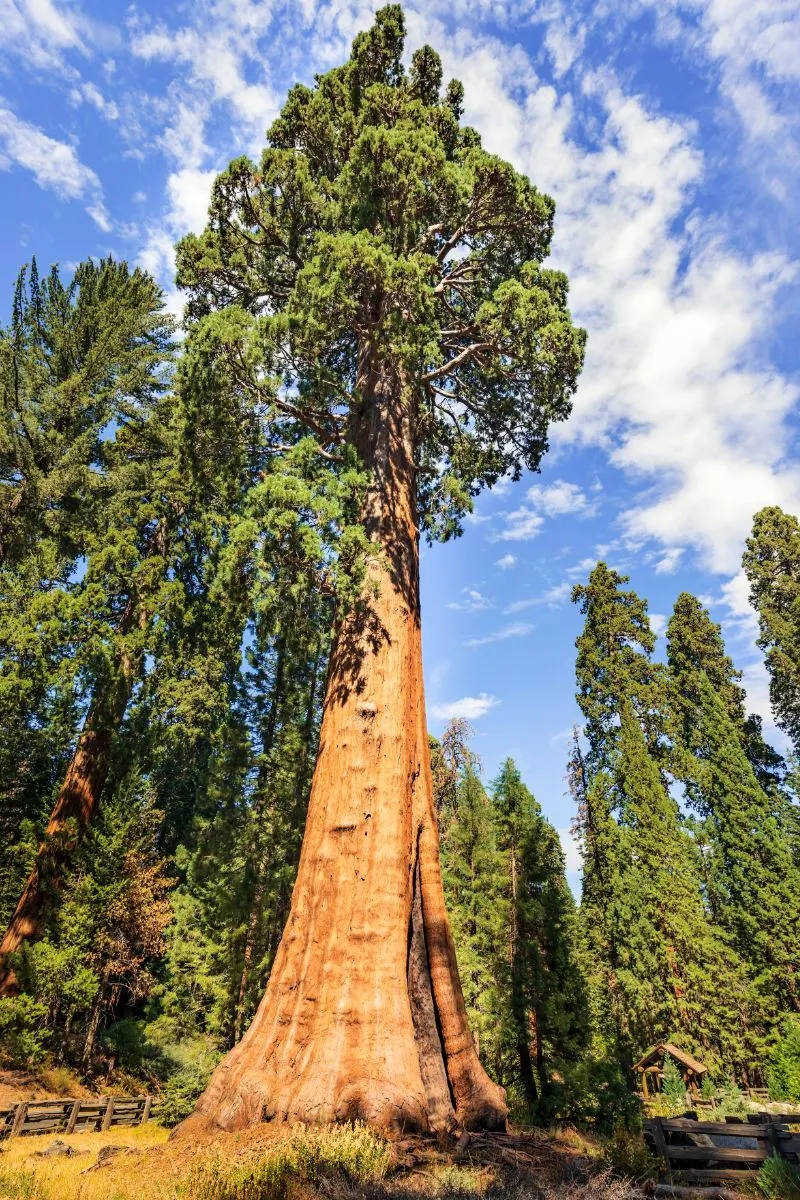
Meanwhile, the towering branches of the Tree of Life symbolize the aspiration of the human spirit to reach for the sublime, to connect with the divine, and to aspire towards higher states of being.
Each leaf, each bough, represents the myriad facets of our lives, interconnected and interdependent, illustrating the unity and harmony that underlie our existence.
The tree, in its dignified stillness, embodies the balance between reaching outwards and grounding oneself, teaching us the importance of establishing a stable foundation upon which to build our dreams and ambitions.
In contemplating the Tree of Life, we are invited to reflect on the essence of strength as an attribute that encompasses both resilience and flexibility.
It speaks to the capacity to endure, certainly, but also to the ability to grow, to expand, and to transform in the face of adversity.
This emblem of strength and stability calls upon us to root ourselves deeply in the fertile soil of our authentic selves, nurturing our inner reserves of power, so that we may rise with confidence and reach towards the infinite possibilities that the universe offers.
The Tree of Life, therefore, is much more than a symbol; it is a guide, a mentor, and an eternal companion on our spiritual journey.
It teaches us that true strength lies in the harmony between the earthly and the celestial, the material and the spiritual, reminding us of our inherent capacity to weather life’s tempests with unwavering faith and unyielding resilience.
Featured image credit – Shutterstock
READ THIS NEXT: What Is Transcendental Meditation?
References https://www.biblestudytools.com/encyclopedias/isbe/tree-of-life.html https://www.britannica.com/topic/tree-of-life-religion

MARIE BERNARD ZAMABO ONDOA
Thursday 5th of November 2020
we have baobba in Cameroon i never knew it can represente like the tree of life